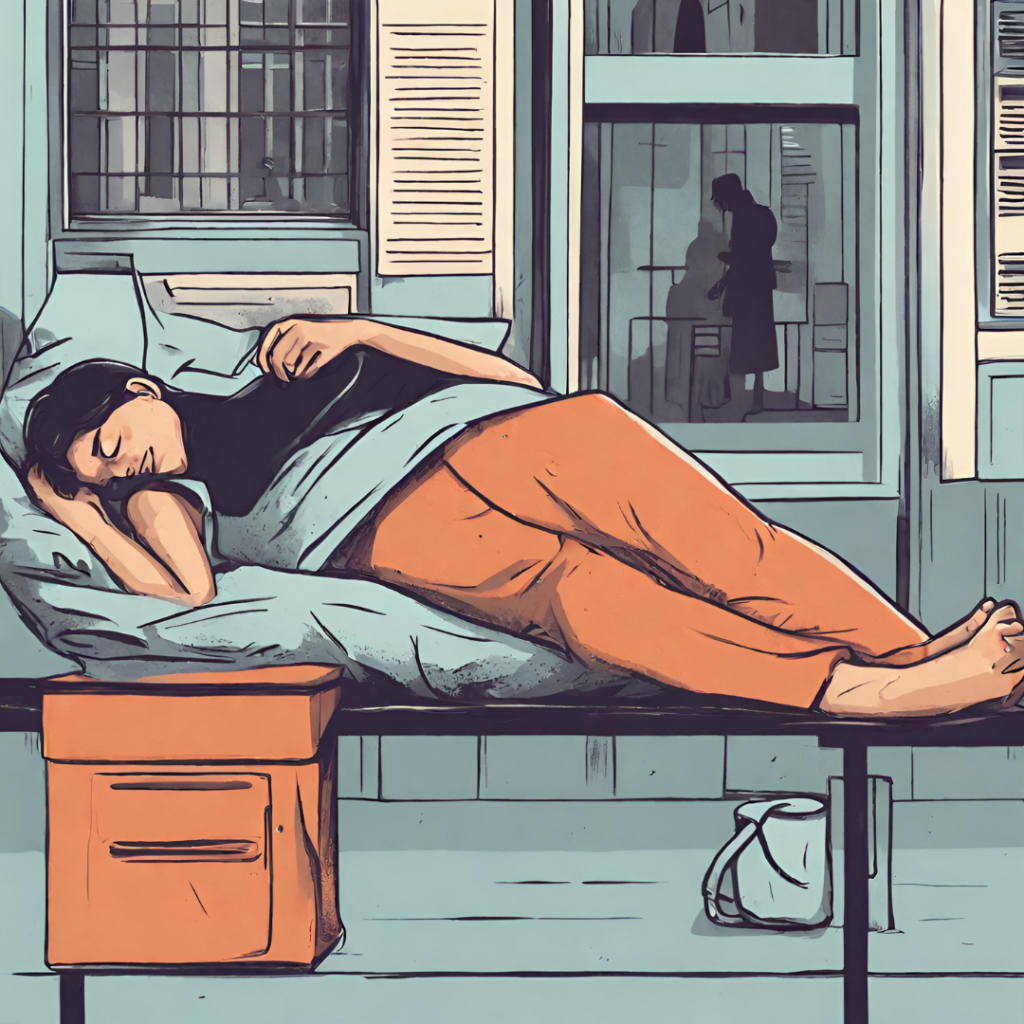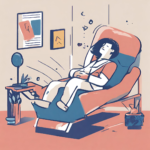In today’s fast-paced world, napping has become a crucial part of many people’s lives, offering a brief respite and rejuvenation amidst the chaos. While napping in the privacy of one’s home is straightforward, public napping – whether in offices, libraries, airports, or parks – introduces a whole new set of considerations. This comprehensive Public Napping Etiquette Guide delves into the etiquette of public napping, providing valuable do’s and don’ts to ensure your power naps are not only refreshing but also respectful to those around you.
Understanding the Need for Public Napping
Before diving into the etiquette, it’s important to understand why public napping has become more prevalent. Factors contributing to this trend include longer work hours, increased commute times, and the recognition of napping’s benefits on productivity and mental well-being. As a result, many public and workplace environments have started accommodating napping spaces, recognizing the positive impact on performance and health, a key focus of this Public Napping Etiquette Guide.
The Do’s of Public Napping
1. Find Appropriate Spaces
Do seek out designated napping areas or quiet corners that are intended for relaxation. Many workplaces, universities, and even airports now offer specific zones for napping, equipped with comfortable chairs or even sleeping pods, a crucial aspect of respectful public napping.
2. Be Mindful of Time
Do set an alarm. It’s important to limit your naps to 20-30 minutes to avoid sleep inertia and to ensure that you’re not occupying the space for too long, giving others a chance to use it, a fundamental rule in this Public Napping Etiquette Guide.
3. Keep it Quiet
Do use silent modes on your devices and consider wearing noise-canceling headphones. Not only will this help you nap without distractions, but it also ensures you’re not disturbing others, a key element of public napping manners.
4. Maintain Personal Hygiene
Do freshen up before napping in public. This means ensuring you don’t have strong odors that might disturb others and using a handkerchief or napkin if you’re prone to drooling in your sleep, essential for maintaining decorum in public resting.
5. Use a Sleep Mask and Earplugs
Do bring a sleep mask and earplugs if you find light and noise disturbing. This will help you nap effectively without requiring any changes to the environment that might affect others, an important tip from the Public Napping Etiquette Guide.

The Don’ts of Public Napping: Avoiding Common Mistakes
1. Don’t Use Unconventional Spaces
Don’t nap in places that aren’t meant for resting, such as restaurant tables, busy walkways, or public restrooms. This can be disruptive and disrespectful to others, a vital consideration in any Public Napping Etiquette Guide.
2. Don’t Forget About Personal Security
Don’t nap in a way that leaves your belongings unsecured. Use lockers if available or keep your possessions in a way that they’re not easily accessible to passersby, a crucial aspect of safe public napping practices.
3. Don’t Ignore Local Culture and Norms
Don’t assume that napping etiquette is the same everywhere. Cultural perceptions of public napping can vary widely, so it’s important to be aware of local norms and adjust your behavior accordingly.
4. Don’t Disregard Others’ Space
Don’t encroach on others’ personal space. Ensure that your napping setup, whether it’s a reclining chair or a travel pillow, doesn’t intrude on the space of those around you, a key rule in respectful public napping.
5. Don’t Overstay Your Welcome
Don’t nap for longer than is socially acceptable or for the duration allowed in designated napping zones. Be considerate of others who may also be waiting to use the space – an important guideline in public napping etiquette.

Napping Etiquette in Different Public Settings
In the Workplace:
Many progressive companies have recognized the benefits of napping and provide dedicated spaces for employees. Here, it’s crucial to follow company guidelines, book your slot if required, and avoid napping at your desk if it’s against company policy.
In Educational Institutions:
Libraries and student lounges often serve as napping spots for students. Here, it’s important to keep your belongings compact, use silent alarms, and avoid sprawling out in a way that takes up excessive space, aligning with the best practices of public napping etiquette.
In Transit Hubs:
Airports, train stations, and bus depots sometimes have lounges or quiet zones for travelers. It’s key to mind your luggage, use earplugs or headphones, and be aware of your surroundings for security announcements or boarding calls, a vital part of safe and considerate public napping.
The Benefits of Public Napping
Napping, when done right, can have numerous benefits. It can boost cognitive function, enhance mood, and improve overall productivity. Public napping, in particular, can be a lifesaver for individuals who juggle long work hours, studies, or extensive travel.
In Conclusion: Your Guide to Public Napping Etiquette
Public napping, when practiced with etiquette and mindfulness, can be a valuable tool for recharging and maintaining productivity. By respecting shared spaces and being considerate of others, you can enjoy the benefits of a power nap without inconveniencing those around you. Remember, the key to successful public napping lies in striking a balance between your own restorative needs and the shared environment’s harmony, a core theme of this Public Napping Etiquette Guide.


